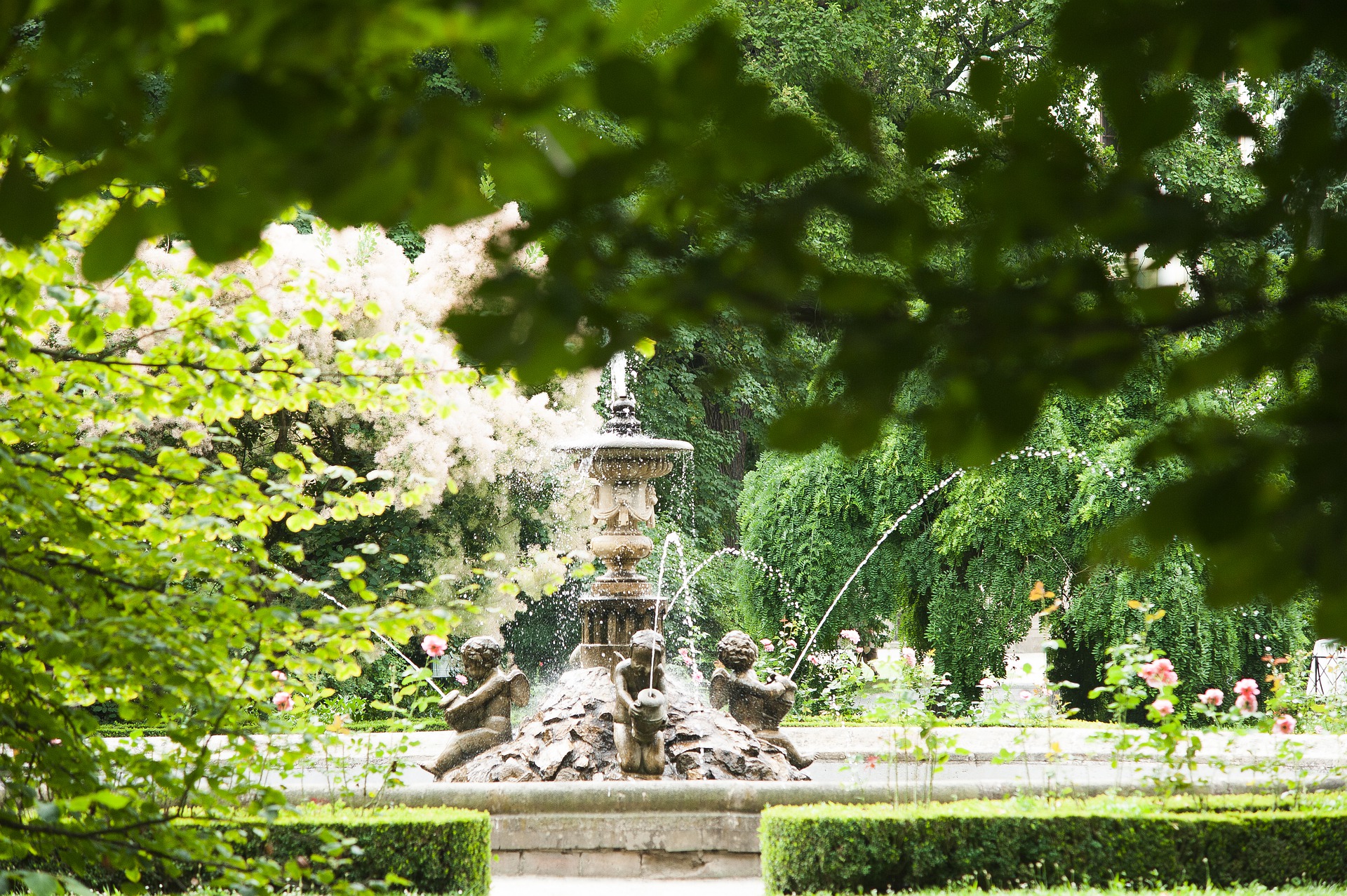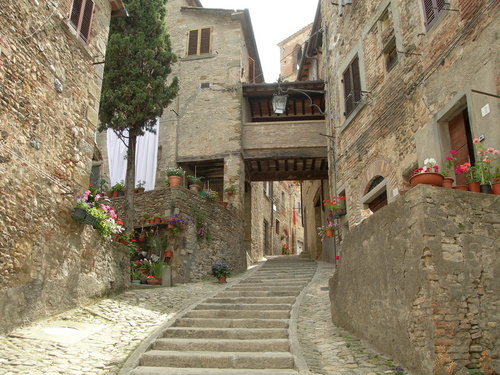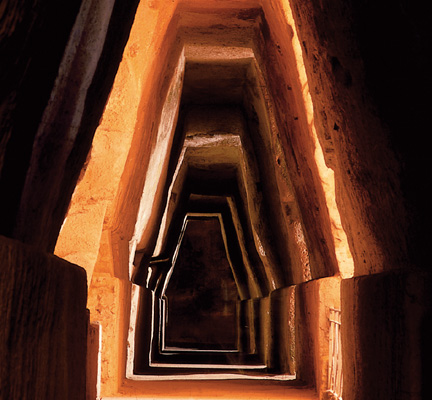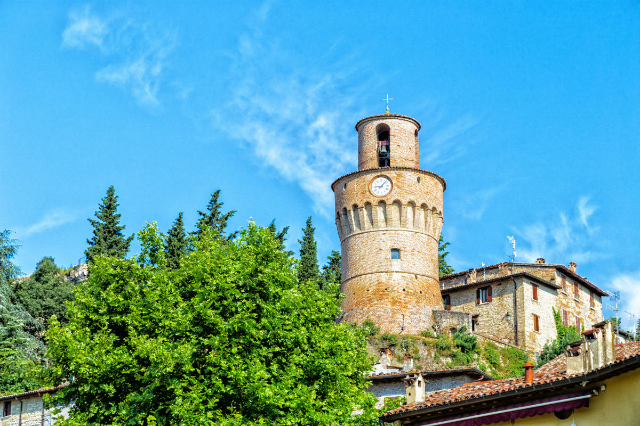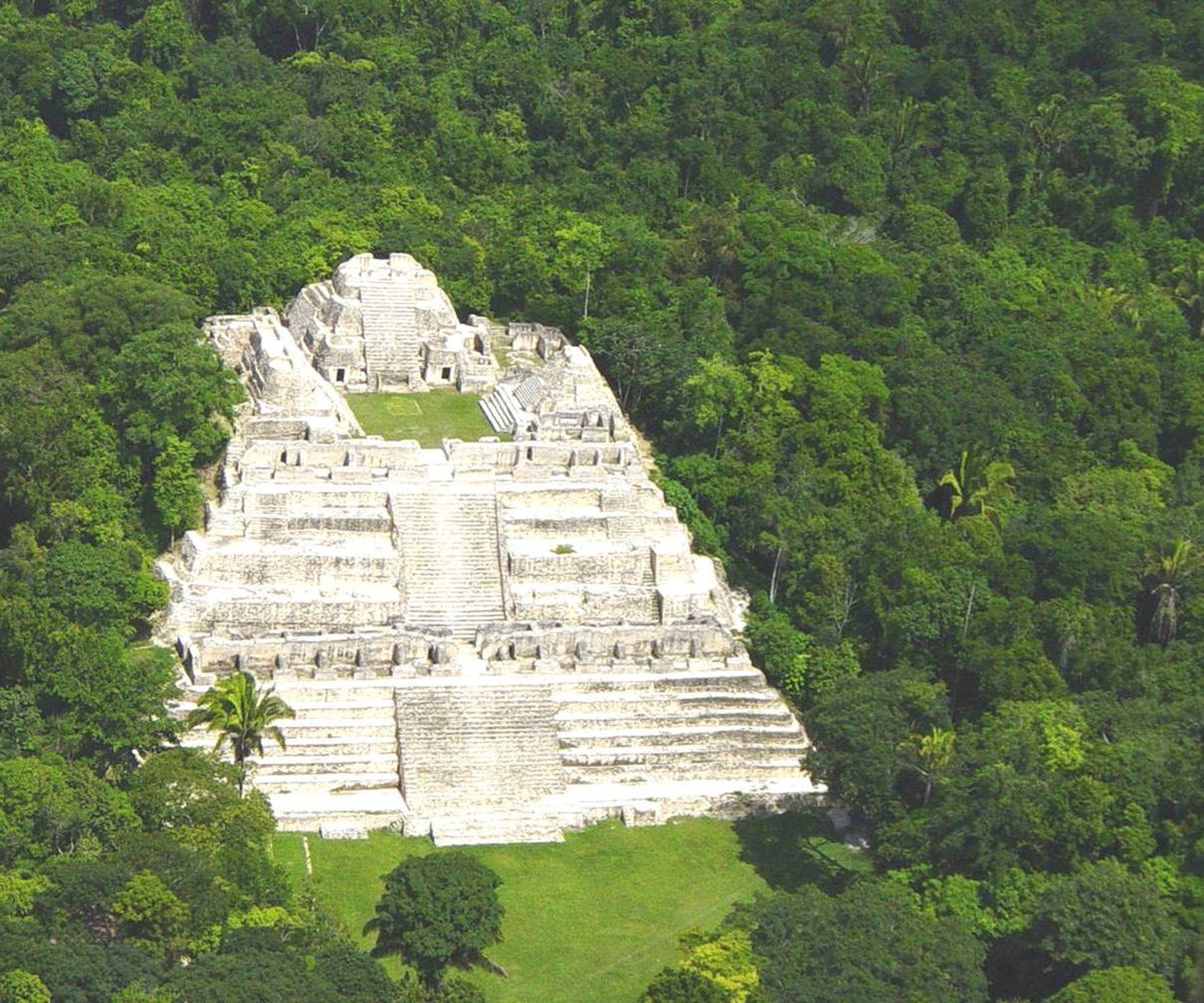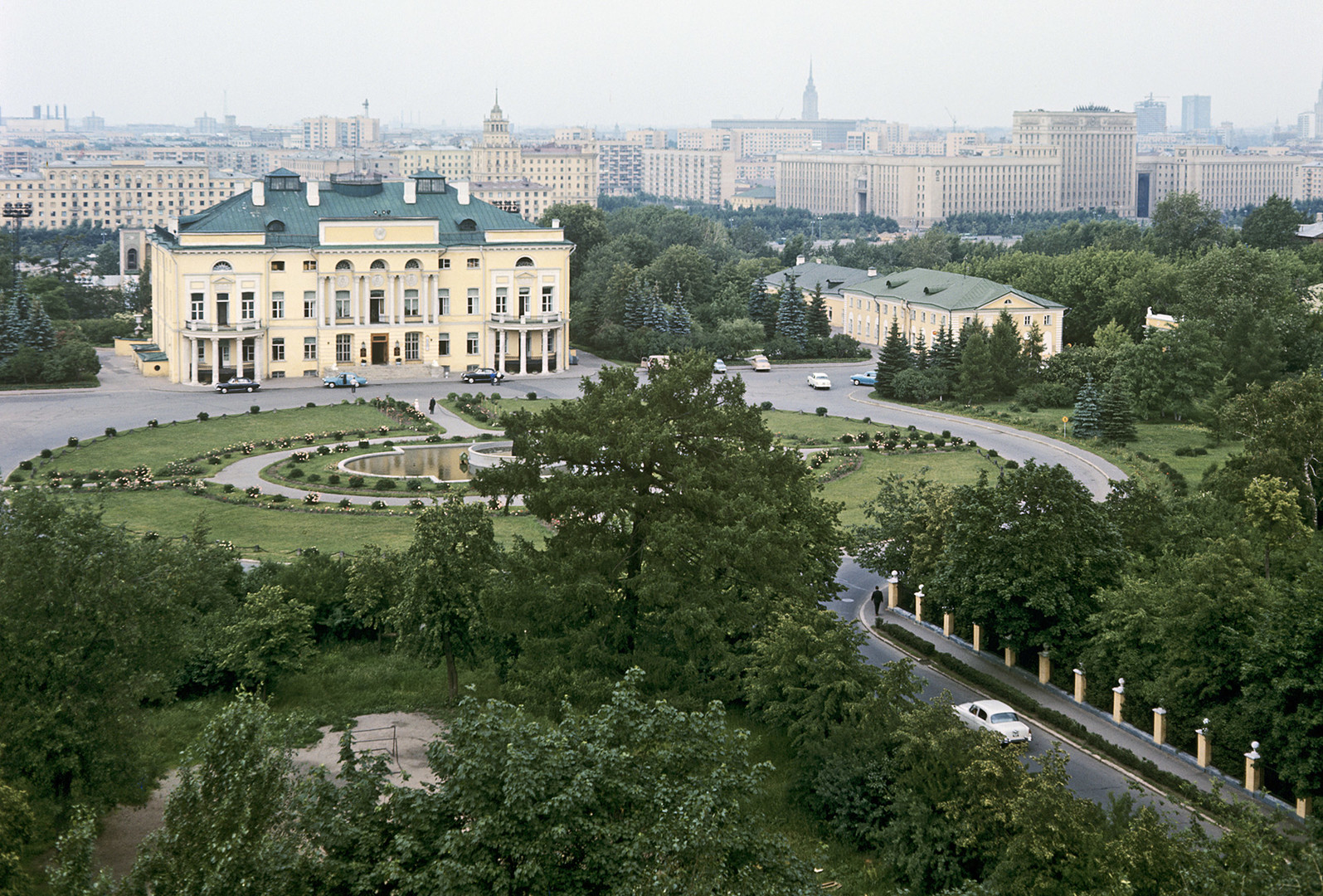Kroměříž is known for its beautiful and exotic plants, magnificent fountains, and old historic landmarks. The gardens in this city are absolutely breathtaking and make for a nice afternoon stroll.Kroměříž stands on the site of an earlier ford across the River Morava, at the foot of the Chriby mountain range which dominates the central part of Moravia. The gardens and castle of Kroměříž are an exceptionally complete and well-preserved example of a European Baroque princely residence and its gardens.The Castle Garden with an area of 58 ha includes a number of exotic tree species (coniferous and deciduous) that stand isolated or in groups, as well as several important architectural elements. Among them, a semi-circular colonnade in classical style built in 1846 to house sculptures from Pompeii, after which it was named the Pompeian Colonnade. On the western periphery, the Max’s Farmstead is a luxurious building in French Empire style, with an impressive colonnade and projecting wings. Cast iron, produced at the archiepiscopal foundry, was used to build three elegant bridges: the Silver Bridge, the Vase Bridge and the Lantern Bridge. This garden, which was designed with a Baroque layout, was restyled under the influence of the Romantic landscape style of the late 18th and early 19th centuries.
The Pleasure Garden with an area of 14.5 ha is situated in the south-western part of the town centre. It is a formal garden in Italian style that is entered by a 244 m-long arcaded gallery with statues and busts on display, before it opens up onto the first section of the garden whose most striking feature consists in an octagonal rotunda. Geometrical parterres, symmetrically arranged around the rotunda, include mazes and flower beds defined by low espalier hedges. This part of the garden leads to a section whose main features include two low mounds with arbours and two rectangular basins that are aligned symmetrically on both sides of the main axis of the garden. This section allows access to the aviary and to the beautiful greenhouses by a spiral path. The design and the appearance of the Pleasure Garden (1665-1675) remained almost intact, making it an extremely rare example of a Baroque garden.
